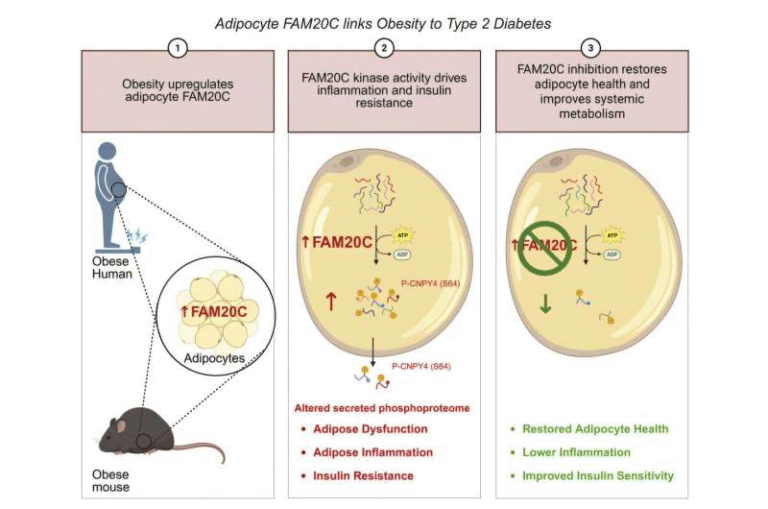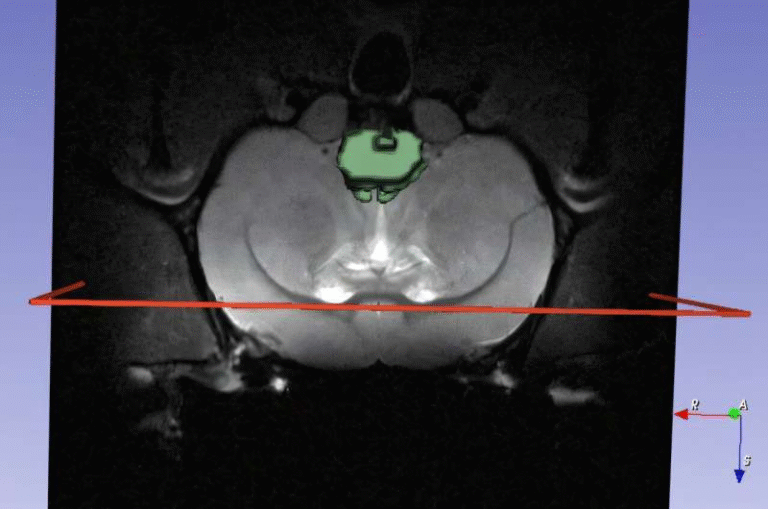Scientists Identify Brain Circuit That Fuels Alcohol Addiction by Linking Withdrawal Relief to Drinking

Researchers at Scripps Research have identified a brain circuit that may explain why people with alcohol use disorder often relapse, even after periods of abstinence.
The discovery centers on the paraventricular nucleus of the thalamus (PVT), a small brain region involved in stress and anxiety. This study, published on August 5, 2025 in Biological Psychiatry: Global Open Science, provides new insight into how the brain learns to associate alcohol not only with pleasure but with relief from withdrawal symptoms.
The Main Question: Why Do People Keep Drinking Despite Harm?
Alcohol use disorder is one of the most common and devastating addictions. It is estimated that 14.5 million people in the United States struggle with it. The condition often follows a repeating cycle: drinking, withdrawal, abstinence, and relapse. What puzzled scientists is why relapse is so stubborn, even when the negative consequences of drinking are clear.
The new study suggests that the brain “locks in” addiction by using negative reinforcement. Instead of seeking alcohol only for its pleasurable effects, the brain begins to treat alcohol as an escape from the stress, anxiety, and discomfort of withdrawal. Once this learning occurs, relapse becomes very difficult to avoid.
How the Study Was Conducted
The researchers used an animal model with rats to investigate this process. They designed the experiment to look at how the brain responds when alcohol is learned as a relief mechanism rather than just a reward.
Experimental Groups
The rats were divided into four distinct groups:
- Dependent rats with withdrawal learning – These rats were made alcohol-dependent through vapor exposure. During withdrawal, they were trained to press a lever in a special chamber to receive alcohol. This created an association between alcohol and the relief of withdrawal symptoms.
- Non-dependent reward learners – These rats were not dependent but learned to press a lever to get alcohol. For them, alcohol was purely a reward, not relief.
- Dependent rats without learning – These rats were dependent but did not go through the withdrawal learning protocol.
- Control rats – These had no dependence and no learning experience.
This design allowed the researchers to separate the effects of dependence from the effects of learning about withdrawal relief.
Behavior Observed in the Rats
The results were striking. Rats in the withdrawal learning group pursued alcohol much more persistently than any other group. Even when the researchers introduced punishment or obstacles, these rats continued to seek alcohol. This indicated that the association between alcohol and relief from withdrawal created an incredibly strong motivation.
By contrast, the non-dependent reward learners did not show the same level of determination. Their behavior was consistent with seeking pleasure but not with the desperation to escape a negative state.
This shows that once the brain connects alcohol with escaping suffering, the drive to drink becomes far stronger and harder to suppress.
Mapping the Brain
To understand which brain areas were responsible, the scientists used advanced whole-brain imaging. They examined neuronal activation by measuring Fos expression, a marker of recent activity, about 90 minutes after the rats were exposed to alcohol-related cues (without actually receiving alcohol).
Multiple brain regions lit up in the withdrawal-learning group, including parts of the dorsal striatum (linked with habits) and the central amygdala (linked with stress and emotions). But one region stood out above the rest: the paraventricular nucleus of the thalamus (PVT).
In nearly every rat that had learned alcohol relieved withdrawal, the PVT showed robust activation. Importantly, this activation was not seen in the other groups. This suggests the PVT is critical in linking environmental cues with the idea that alcohol provides relief.
Why the PVT Matters
The PVT has been studied before in the context of stress, anxiety, and reward. It connects with many other brain regions, including the amygdala, nucleus accumbens, and prefrontal cortex. Its role as a hub makes it a perfect candidate for coordinating responses to stressful or rewarding cues.
This study suggests the PVT is the key circuit element that makes relapse so persistent. Once the brain recruits the PVT to encode alcohol as relief from stress, the motivation to seek alcohol becomes deeply ingrained.
Implications for Addiction Research
The findings shift the perspective on addiction. Traditionally, addiction has been viewed mainly as chasing a high. But this research reinforces the idea that addiction is also about escaping negative states.
This has major implications:
- Relapse prevention – Treatments that only address reward might not be enough. Interventions targeting stress relief mechanisms could be more effective.
- New drug targets – If researchers can identify the neurochemicals involved in PVT activation during withdrawal learning, they may develop drugs that block this pathway.
- Broader relevance – This circuit may also be involved in other conditions driven by negative reinforcement, such as anxiety disorders, trauma-related avoidance, and fear conditioning.
Limitations and Future Research
Like any study, this one has limitations. The experiments were conducted only in male rats, so it’s unknown whether the same processes occur in females. The researchers plan to expand their studies to female subjects.
Also, while Fos expression is useful for identifying active neurons, it cannot prove that PVT activation directly causes relapse behavior. To confirm causality, future studies may silence or manipulate the PVT during withdrawal learning.
Finally, researchers want to explore the molecular signals in the PVT during this process. Identifying which neurotransmitters or modulators are involved could open the door to drug development.
Alcohol Addiction in a Broader Context
The Scale of the Problem
Alcohol use disorder is not a niche issue. Globally, alcohol is one of the most widely abused substances, linked to millions of deaths annually through liver disease, accidents, and other health problems.
In the U.S. alone, 14.5 million people meet the criteria for alcohol use disorder. Relapse is extremely common, with many people going through multiple cycles of treatment and return to drinking.
Addiction Beyond Pleasure
This study reinforces what many clinicians already know: addiction is not simply about pleasure-seeking. Over time, the motivation shifts to avoidance of suffering. This makes treatment especially difficult, because people are not just losing something enjoyable when they quit—they are facing the return of stress, anxiety, and discomfort.
The Role of Brain Circuits in Addiction
Modern neuroscience increasingly views addiction as a brain circuit disorder. Circuits involving the prefrontal cortex, amygdala, striatum, and reward centers have been heavily studied. Adding the PVT to this list expands our understanding of how relapse is maintained.
Interestingly, other studies have suggested that orexin/hypocretin signaling to the PVT plays a role in drug-seeking behavior, highlighting how this region integrates multiple motivational signals.
Potential Avenues for Therapy
With these findings, there are new possibilities for therapy:
- Pharmacological interventions – Drugs targeting stress-related pathways in the PVT could reduce relapse risk.
- Behavioral therapies – Interventions that help people reframe environmental cues or reduce withdrawal-related stress may disrupt the link between cues and relapse.
- Broader applications – Because the mechanism involves negative reinforcement, similar strategies might apply to conditions like anxiety, PTSD, and compulsive avoidance behaviors.
Why This Discovery Matters
This research provides concrete evidence of how the brain encodes addiction through relief learning. It shows that relapse is not only about the lure of pleasure but about the desperate need to escape suffering.
For people struggling with alcohol addiction, this discovery could eventually lead to better treatments—ones that don’t just focus on reward but address the powerful negative states that drive relapse.
By pinpointing the paraventricular thalamus as a central player, scientists now have a more precise target for understanding and potentially breaking the cycle of alcohol dependence.





